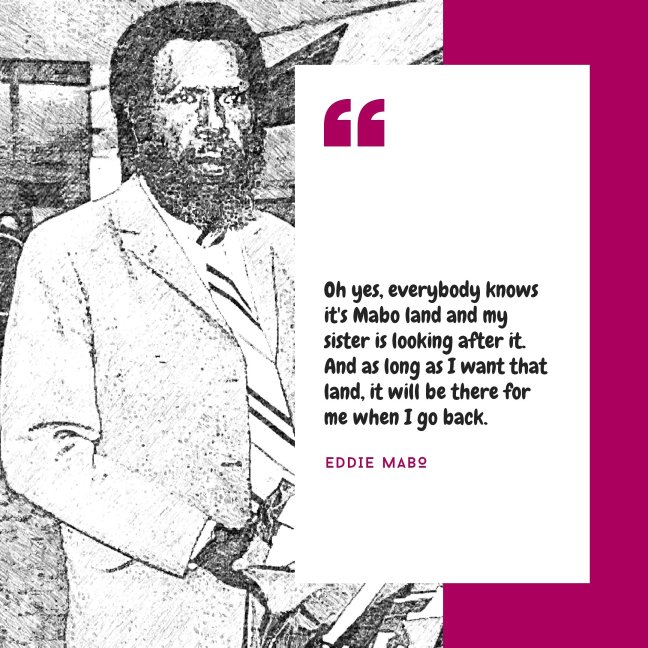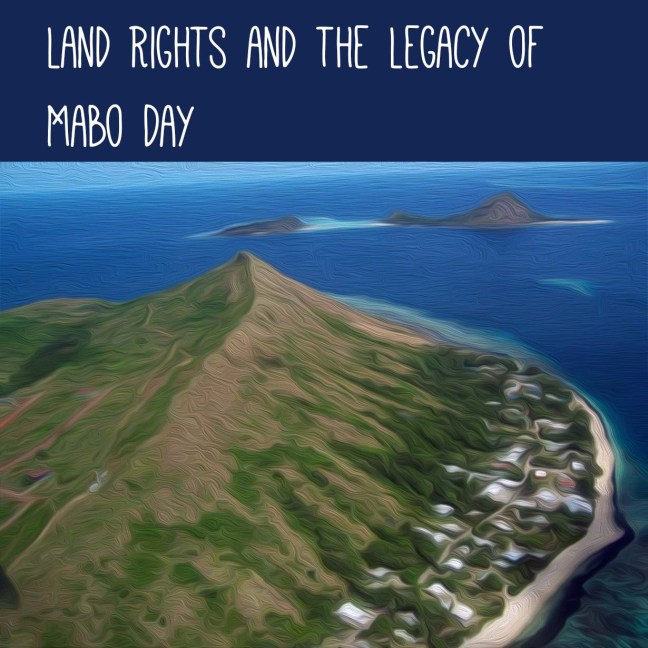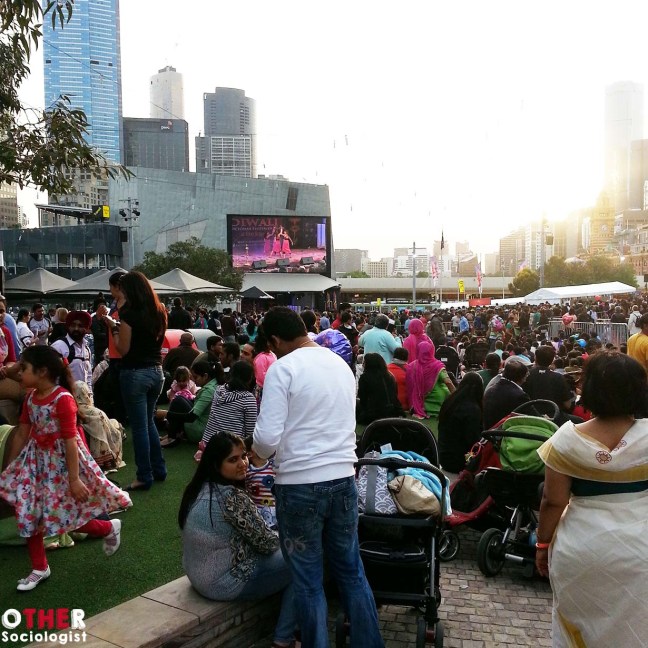I write this as a reflection at the end of Mabo Day, marking the end of Reconciliation Week. This day commemorates the 3 June 1992 High Court ruling that recognises Native Title – land rights of the Meriam people of the Mer Islands of the Torres Strait, which opened land rights for First Nations across Australia.
On 20 May 1982, Eddie Mabo, Sam and David Passi, Celuia Mapo Salee, and James Rice lodged their land claim. The case took a decade to finalise and addressed multiple legal injustices, including the myth of terra nullius (that Australian land was unowned before colonisation), recognition of Native Title and cultural definitions of land rights, and establishing the Native Title Act.
Today’s post covers the ongoing impact and challenges flowing from the Mabo case, and the sociological issues it raises. In paricular, non-Indigenous people’s narrow awarenes about the cultural significance of land.













 Sociology also gave me the tools to understand my ‘
Sociology also gave me the tools to understand my ‘